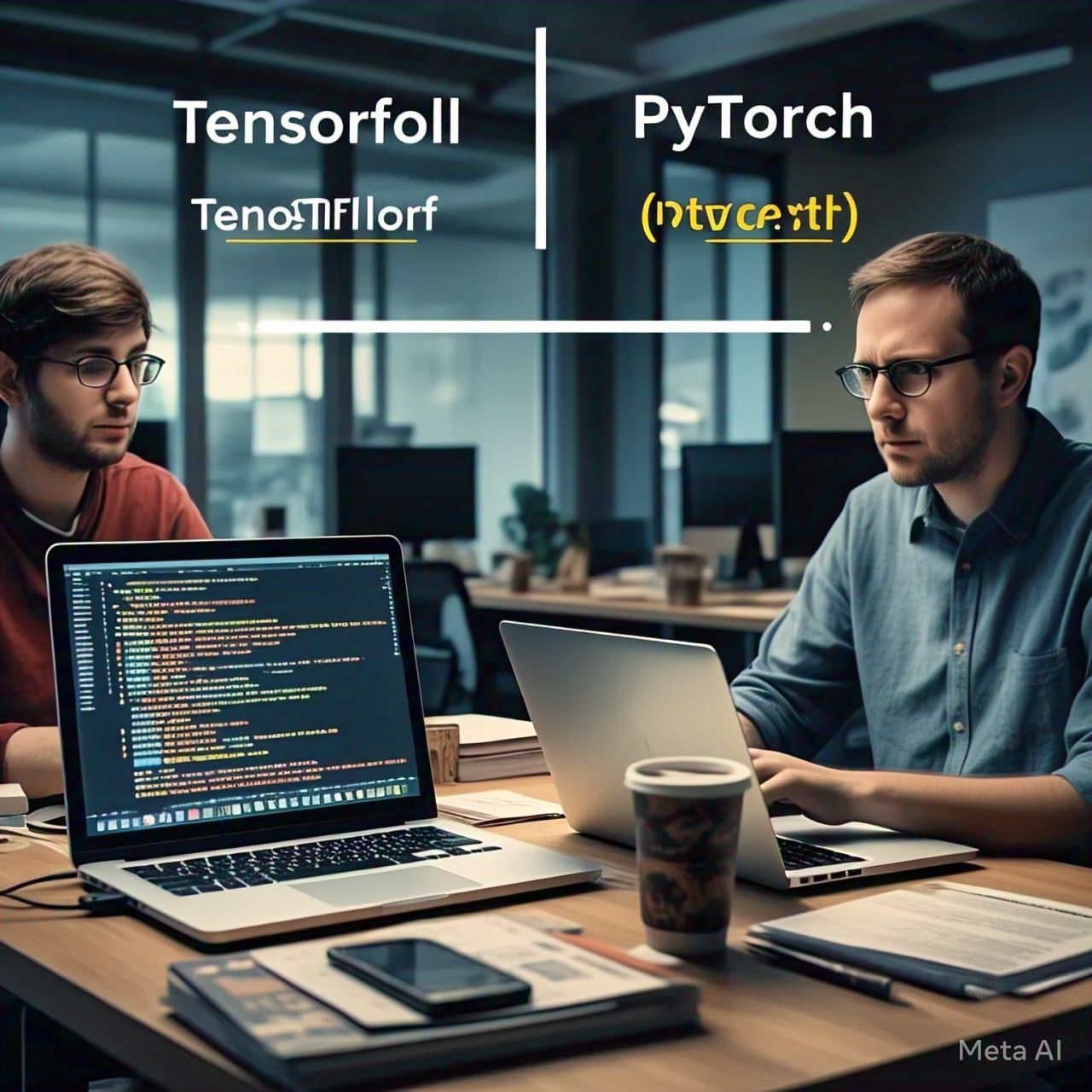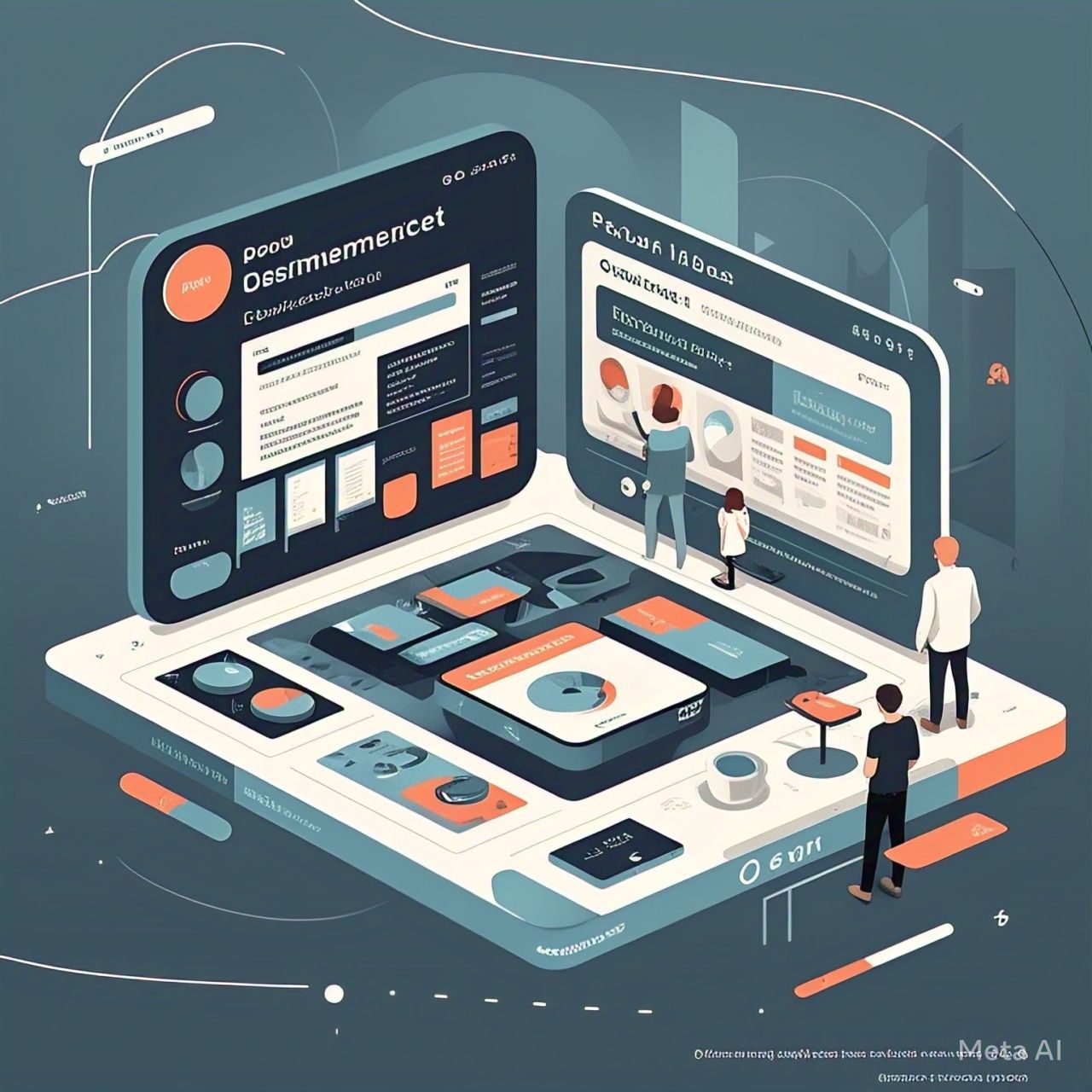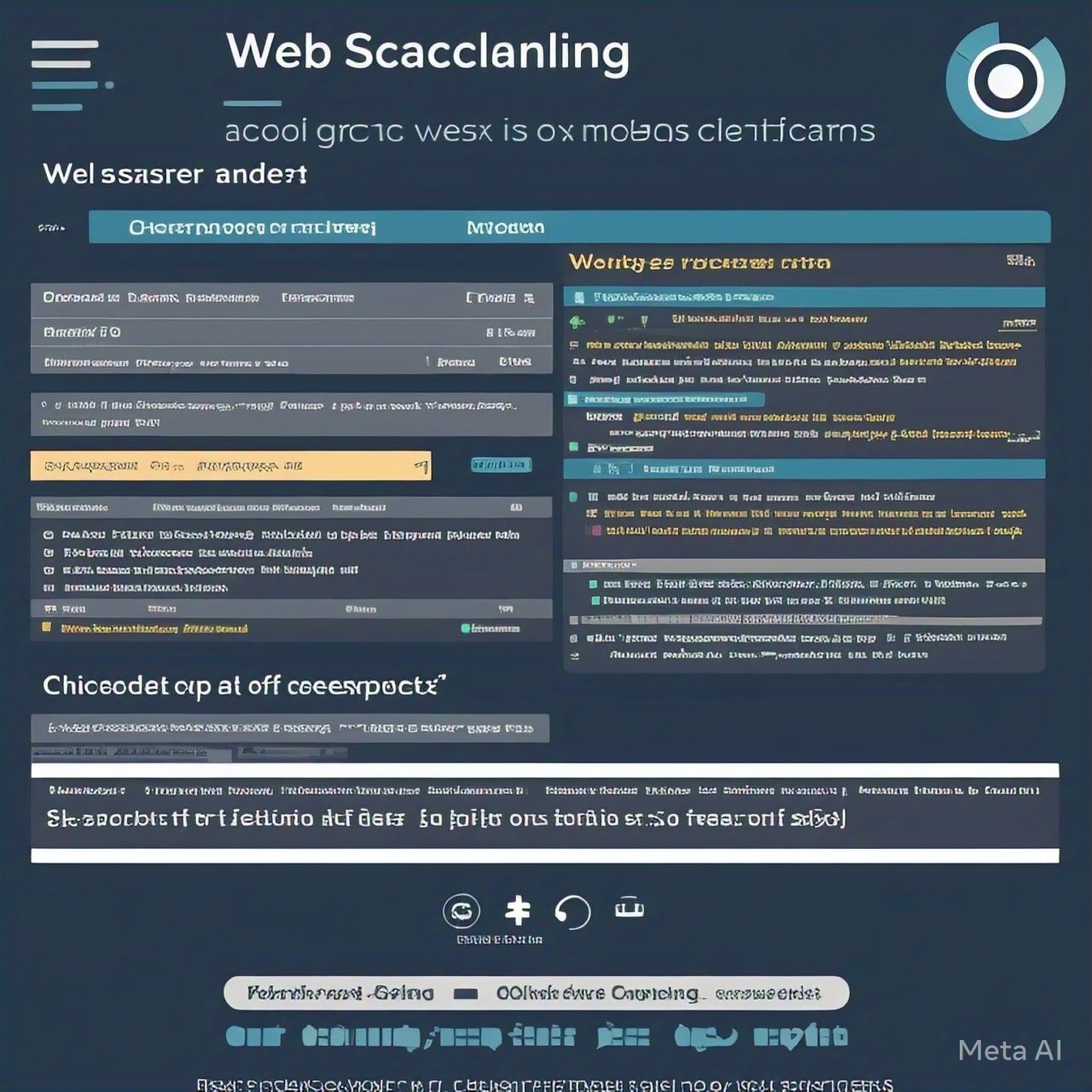Table of Contents
- Introduction
- Overview of TensorFlow and PyTorch
- Key Differences Between TensorFlow and PyTorch
- Ease of Use
- Performance and Speed
- Flexibility and Customization
- Community Support and Adoption
- Deployment Capabilities
- Use Cases: When to Choose TensorFlow or PyTorch
- Benchmarking: Performance Comparison
- Future Trends in AI Frameworks
- Pros and Cons of TensorFlow and PyTorch
- Conclusion
- FAQs
- References
1. Introduction
When it comes to deep learning and artificial intelligence, TensorFlow and PyTorch are two of the most popular frameworks. Choosing between them can be challenging, as each has unique advantages and trade-offs. In this article, we compare TensorFlow and PyTorch across various factors to help you decide which AI framework best suits your needs.
2. Overview of TensorFlow and PyTorch
TensorFlow
Developed by Google Brain, TensorFlow is an open-source framework widely used for deep learning applications. It supports scalable production deployment and is known for its powerful ecosystem.
PyTorch
Developed by Facebook’s AI Research Lab (FAIR), PyTorch is an open-source machine learning library that emphasizes ease of use, dynamic computation, and a more intuitive interface.
3. Key Differences Between TensorFlow and PyTorch
Ease of Use
| Feature | TensorFlow | PyTorch |
|---|---|---|
| API Design | Complex and requires more setup | Intuitive and Pythonic |
| Debugging | More difficult due to static computation graph | Easier debugging with dynamic computation graph |
| Learning Curve | Steeper for beginners | More user-friendly |
Performance and Speed
Both frameworks support GPU acceleration, but TensorFlow often performs better in large-scale deployment, while PyTorch is optimized for research and experimentation.
| Aspect | TensorFlow | PyTorch |
| Training Speed | Faster in large-scale models | Slightly slower but more flexible |
| Model Optimization | Extensive optimization tools | Simple but lacks built-in optimizations |
Flexibility and Customization
PyTorch’s dynamic computation graph makes it easier to experiment with model architectures. TensorFlow’s Graph Execution Mode is more efficient for production-level applications but harder to modify dynamically.
Community Support and Adoption
| Factor | TensorFlow | PyTorch |
| Industry Adoption | More common in production environments | Preferred in academic research |
| Community Support | Large ecosystem, strong enterprise backing | Growing rapidly in the research community |
| Libraries & Integrations | Extensive (e.g., Keras, TF Lite) | Expanding but not as extensive |
Deployment Capabilities
TensorFlow has better deployment tools like TensorFlow Serving and TensorFlow Lite, making it the preferred choice for deploying AI models on mobile and web applications.
4. Use Cases: When to Choose TensorFlow or PyTorch
| Use Case | Best Framework |
| Research and prototyping | PyTorch |
| Production deployment | TensorFlow |
| Mobile and edge AI applications | TensorFlow Lite |
| NLP and transformer models | PyTorch (Hugging Face) |
| Large-scale enterprise solutions | TensorFlow |
| Image and video processing | Both |
5. Benchmarking: Performance Comparison
| Task | TensorFlow (TF) | PyTorch (PT) |
| Image Classification (ResNet-50) | TF: 82% accuracy in 20 epochs | PT: 80% accuracy in 20 epochs |
| NLP Sentiment Analysis (BERT) | TF: 88% accuracy | PT: 89% accuracy |
| Object Detection (YOLO) | TF: Faster but complex | PT: Easier but slightly slower |
6. Future Trends in AI Frameworks
- TensorFlow 3.0 (expected updates in scalability and MLops integration)
- PyTorch 2.0 (improved model efficiency and deployment capabilities)
- Hybrid models combining the best of both frameworks
- Expanding use of AI in edge devices and federated learning
7. Pros and Cons of TensorFlow and PyTorch
TensorFlow
✅ Pros:
- Strong deployment tools
- Industry-wide adoption
- Supports mobile and edge computing
❌ Cons:
- Steeper learning curve
- Less intuitive debugging
PyTorch
✅ Pros:
- User-friendly and great for research
- Dynamic computation graph
- Easier debugging and experimentation
❌ Cons:
- Deployment tools are less mature
- Slower than TensorFlow in production environments
8. Conclusion
TensorFlow and PyTorch each have their strengths and are suited to different needs. If you are a researcher or experimenting with new models, PyTorch is the better option. If you need scalability and production-ready AI solutions, TensorFlow is the preferred choice.
9. FAQs
Q1: Is TensorFlow better than PyTorch?
It depends on your use case. TensorFlow is better for large-scale deployment, while PyTorch is more flexible for research.
Q2: Which framework is easier to learn?
PyTorch has a more intuitive interface and is easier for beginners.
Q3: Can I use both TensorFlow and PyTorch together?
Yes, some projects use both frameworks, converting models using tools like ONNX (Open Neural Network Exchange).
Q4: Which framework is better for deep learning research?
PyTorch is preferred by researchers due to its flexibility and ease of debugging.
Q5: Does TensorFlow or PyTorch support mobile AI applications?
TensorFlow has better mobile support with TensorFlow Lite.
10. References
- Google AI (2025). TensorFlow for Production-Ready AI. Retrieved from TensorFlow
- Facebook AI Research (2025). PyTorch: Advancements in Machine Learning. Retrieved from PyTorch
- MIT AI Lab (2025). Comparing AI Frameworks for Modern Deep Learning. Retrieved from MIT AI




